New hope for Skellig tourism: Island reopens for the first time since 2019
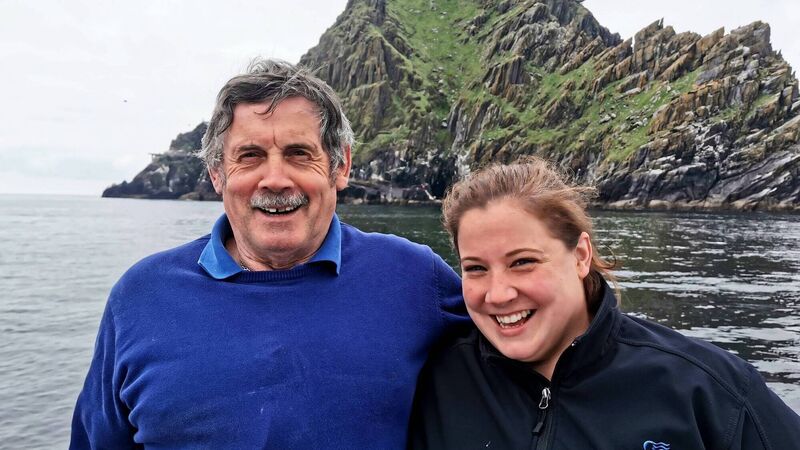
Guide Nealie Lyne and his daughter Cornelia. Nealie is the only skipper offering tours to have lived and worked on the Skelligs. Pictures: Noel Sweeney
It's July 1. Three boats leave Portmagee to land on Skellig Michael every 45 minutes. Each of the 15 boats, all carrying 12 passengers across from Portmagee Marina, is fully booked. The world heritage site was off-limits throughout 2020 so today will see the first tourists land there since September 2019.
The sky is overcast, temperatures are warm and the seas calm. A waitress says it’s relatively quiet around.
The 8am boat left, carrying the very first visitors to dock on the rock and I’m following along on the 9.30am boat. The original reopening date had been penciled for June 21. It was put back by the OPW due to poor weather.
My guide is Nealie Lyne from the nearby Valentia Island. He operates the Mary Frances, his former fishing vessel. Four years ago, he had it converted to a passenger boat when he swapped out his fishing career to carry Skellig enthusiasts from Portmagee across to the world-renowned Skellig Michael.
Nealie is the only skipper offering tours to have lived and worked on the Skelligs. In a former life, he worked as a stonemason for the OPW and in the late 1980s was stationed there to renew the steps going into the monastery.
“I was tough back then,” Nealie jests. But you know he means it. He is affable and gentle yet robust, well used to dancing with the elements. Adapting for what a busy or quiet tourist season can throw at you is the norm for the likes of Nealie in South Kerry.
“We missed last year of course and we’ve half of this year missed,” he said. “Since starting we have had two full years and hopefully, we will get the rest of this year out of it”.
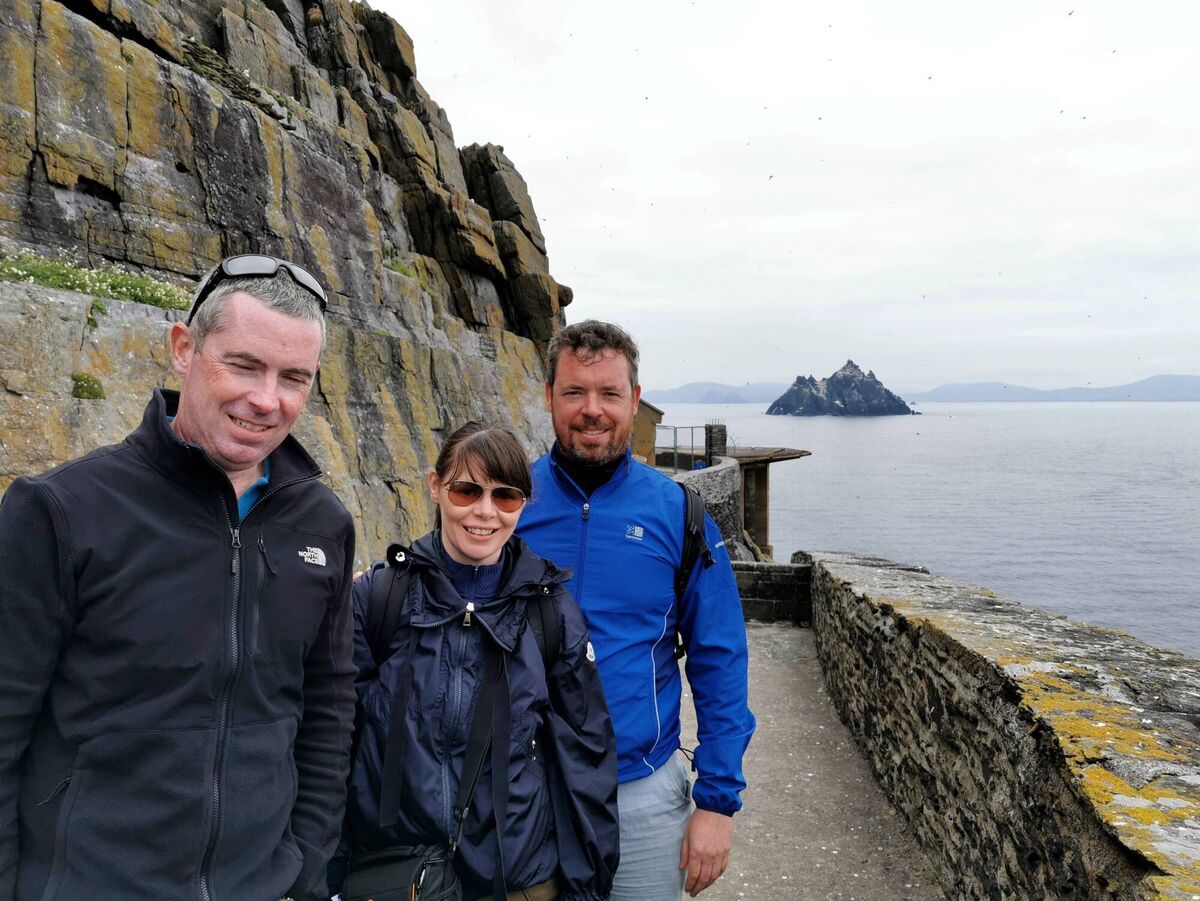
Tourists need to be adaptable too when taking on the Skelligs. Part of their charm is the excitement around whether conditions will let you land there or not. “We will land today,” he assures me. “Conditions are very good.”
Being a Kerry native I’m excited. In about an hour, I’ll be landing on the rocks I’ve only ever spotted way off in the distance. Along the Slea Head Drive on the Dingle Peninsula in West Kerry, the Skelligs can be seen from about 20-plus kilometers away, while much of the Iveragh Peninsula’s coast of South Kerry hosts many a viewing spot, weather dependent, of course.
Today there is a little life around Portmagee. Tourists are enjoying outdoor dining while awaiting a boat trip to take them across. Most of the accents within hearing range are Irish, the odd British one.
“At least it’s something positive for South Kerry because not alone is it the boatmen going to the Skelligs but you also have the B&Bs and the restaurants, they’ll all benefit from it. There’ll be money spent which is a good thing for the area,” Nealie says.
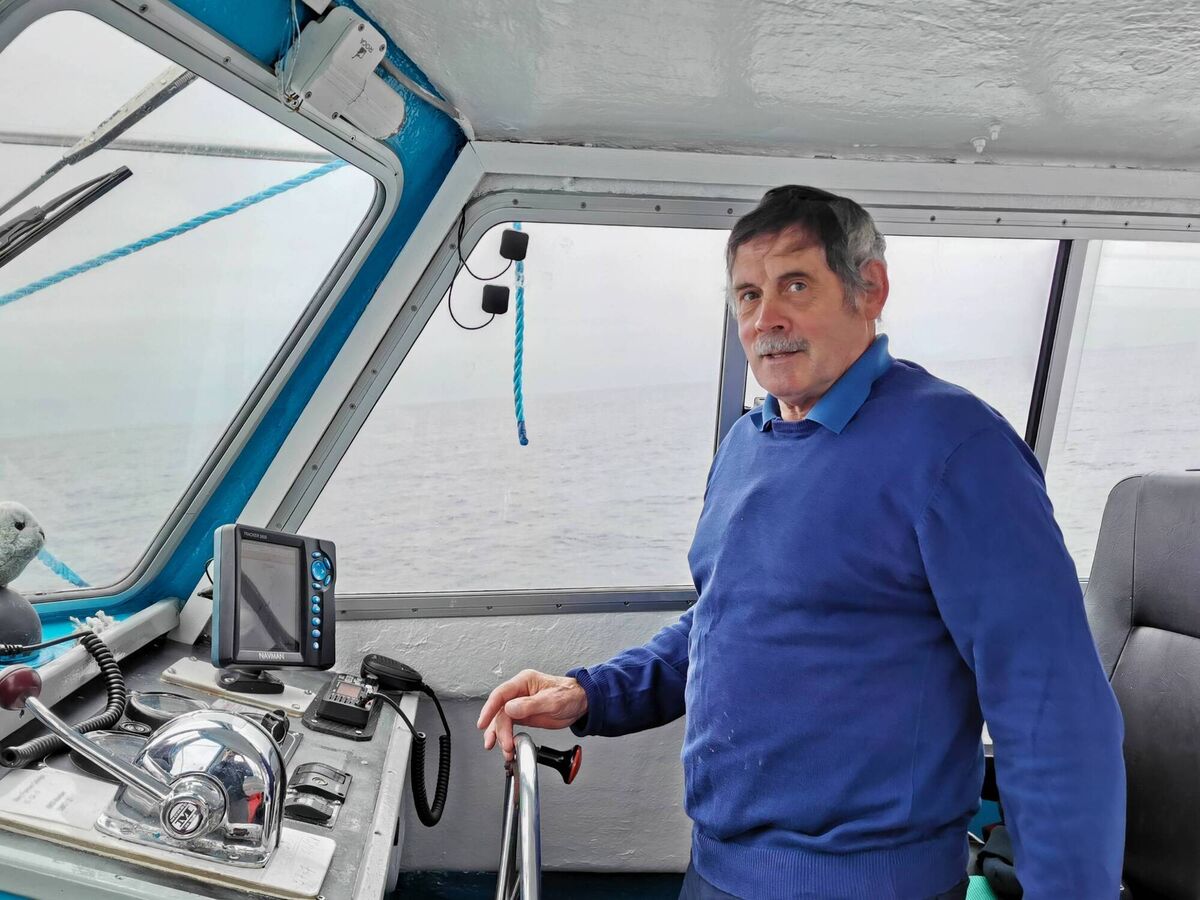
How are things this year compared to last year?
“Well, there’s some bit of hope this year but last year there was no hope. Other OPW sites were open. We were wondering why we weren’t. We could have gone with reduced numbers if we had to, but that wasn’t the case. We had to accept it but we’re back on the road this year, and hopefully we’ll keep going” he says.
Until today, the only tours on offer were sightseeing trips around the Skelligs.
“You'll get a certain amount of uptake going for a trip around, but most people who come to this area want to land on Skellig Michael,” he explained.
The Mary Frances leaves Portmagee Marina at 9.30am, no later. Joining Nealie is his daughter Cornelia. Named after her dad, she’s the only active female member of the Valentia RNLI, a trained lifeguard, a neuro-muscular physical therapist, has worked on cruise ships, guided tours around Britain and Ireland and teaches first aid. You get the picture: we’re in safe hands.
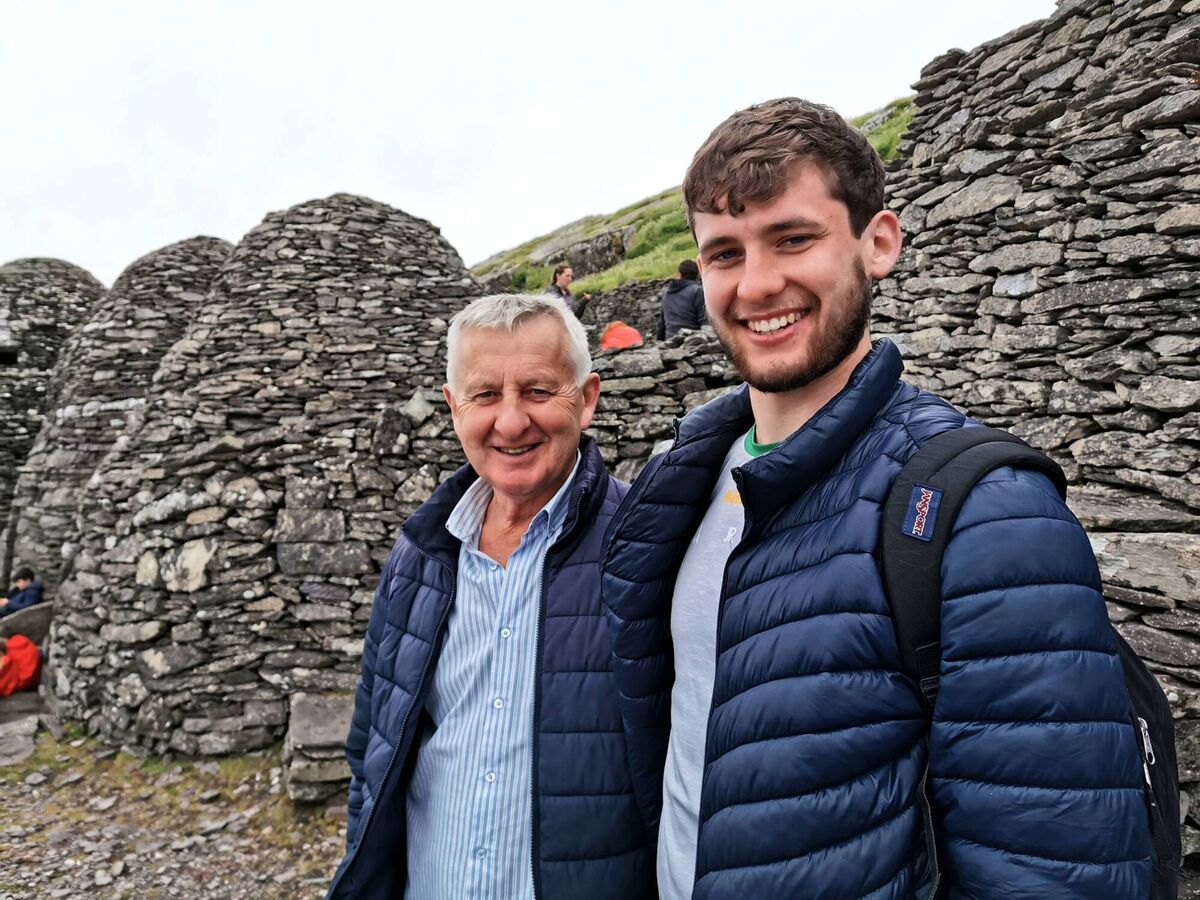
“We grew up in a bed and breakfast so I'm around tourists all my life. I love being out on the boat, that work and travel aspect I love. When dad got the permit for the Skelligs, that was a great opportunity to work with dad and spend a bit of time with him as well. Because of my work on the lifeboat, I’m qualified to be on the boat,” Cornelia says.
Securing a skipper’s ticket to drive her dad's boat to the Skelligs is on the cards too, she tells me.
“But he won’t be retiring for a good while,” she laughs.
The trip across takes an hour. Soon we stop at the first landing point of the transatlantic cable between Newfoundland and Ireland (1858). Nealie gives us the lowdown. Once again, we’re on our way across the sea to Skellig Michael. Before we land, there are plenty of sightings of dolphins and we get to hover close to the colony of 50,000 gannets that call the small Skellig home.
Upon landing at 10.30am, Nealie reminds us of how much time we have. “Two-and-a-half hours folks, see ye back here at one o’clock.”
The sounds and echoes of gannets and puffins reverberate from the crevasses of the rocks overhead. Puffins are real, not just something seen in pictures.

Supervising tour guide Bob Harris is giving a safety talk. He is finishing a talk as we arrive, and no sooner has he finished pep-talking our group when he has started the same talk for the next incoming group. The talk lasts about five minutes but the overall theme tells us to use our common sense and tread carefully on the steps.
This is Bob's 34th summer working on Skellig Michael. Accompanying each other on the 600 steps ascent to the monastery, Bob has many stories about life on Skellig. But perhaps most intriguing is the nighttime experience on the rock.
“Sometimes it’s flat calm, and you can hear all kinds of sounds outside at the sea, you might even hear the whales sometimes if they’re very close. It’s rare but it can be beautiful, particularly if there’s a full moon. Other times it’s wild,” Bob says.
“One thing about the night is birds come out at nighttime that people don’t see in the day, except at sea; the little kestrels and the Manx shearwaters; they’re really beautiful. Particularly the kestrels. They kind of hover in the air and that can be quite a dramatic sight. There are a variety of experiences here at night.”
Guiding visitors around the monastery is archeologist and tour guide Maggie Keane from Castleisland in Co Kerry. She’s been working on the island for 14 years and reflects on the uniqueness of working there this year in particular.
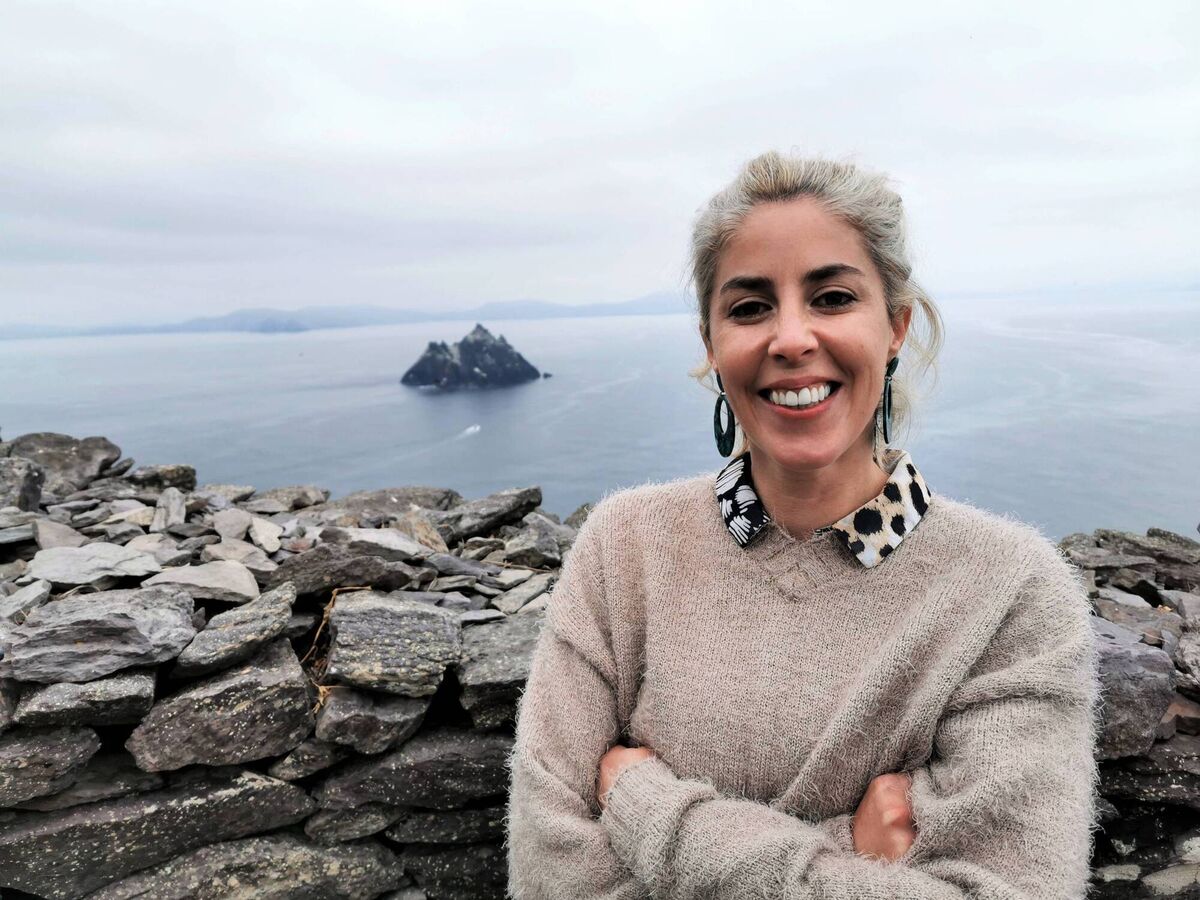
“We’ve landed out here in the middle of the summer. Normally we would be here much earlier, around May. So normally it would be colder, and the sea conditions would be rougher. The profile of the tourist is a bit different. It's mostly Irish people. Normally we would have a huge amount of international visitors,” she says.
What is it that fascinates people about Skellig Michael?
“Everything fascinates people, there are so many different aspects to this island. We’ve people who come for the birdlife. Everything you experience was experienced by the monks that lived here. Everything is very tangible, and you can really get a taste for what it was like. People come for a whole range of reasons. Obviously, you have the Star Wars tourism, and that's fine too,” Maggie says.
Skellig Michael is one of the only two UNESCO World Heritage sites in the Republic of Ireland with a third being the Giant's Causeway in Northern Ireland. The OPW is building male and female toilets on the island which will be a welcome addition and a new visitor experience will be built over the coming summers.
Senior OPW Architect Fergus McCormick says the OPW is committed to the safety and development of the island.






